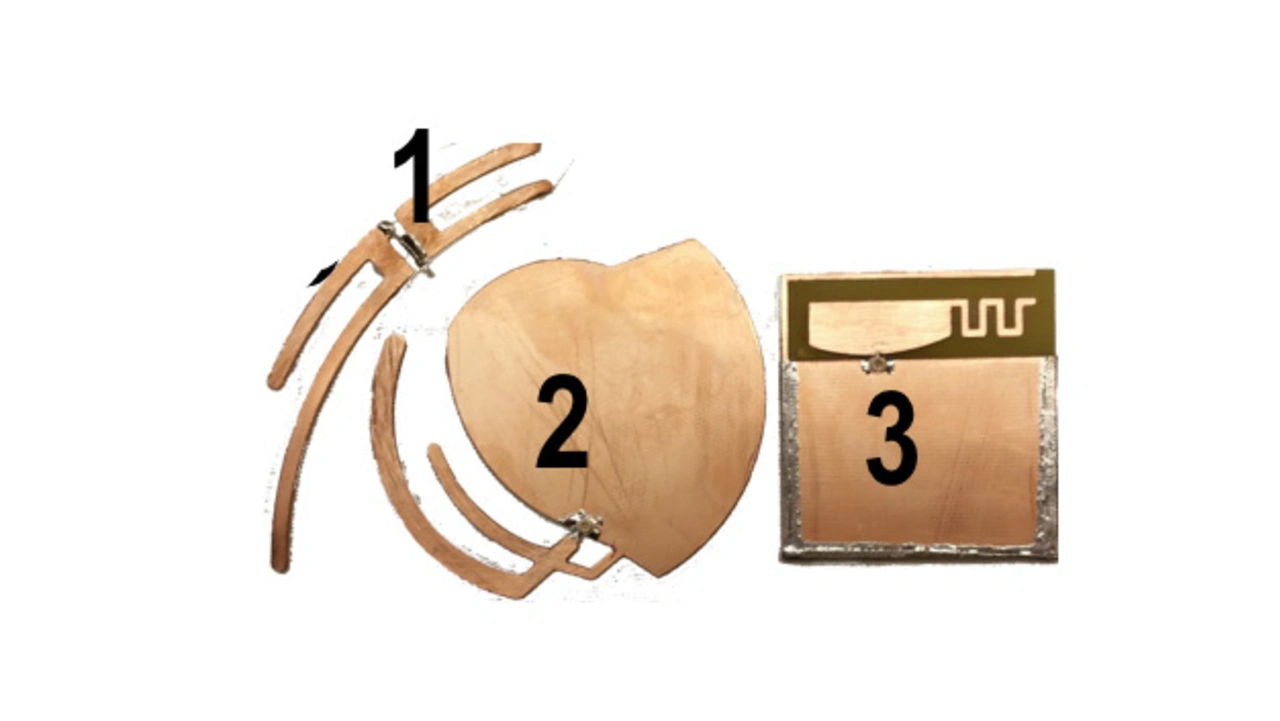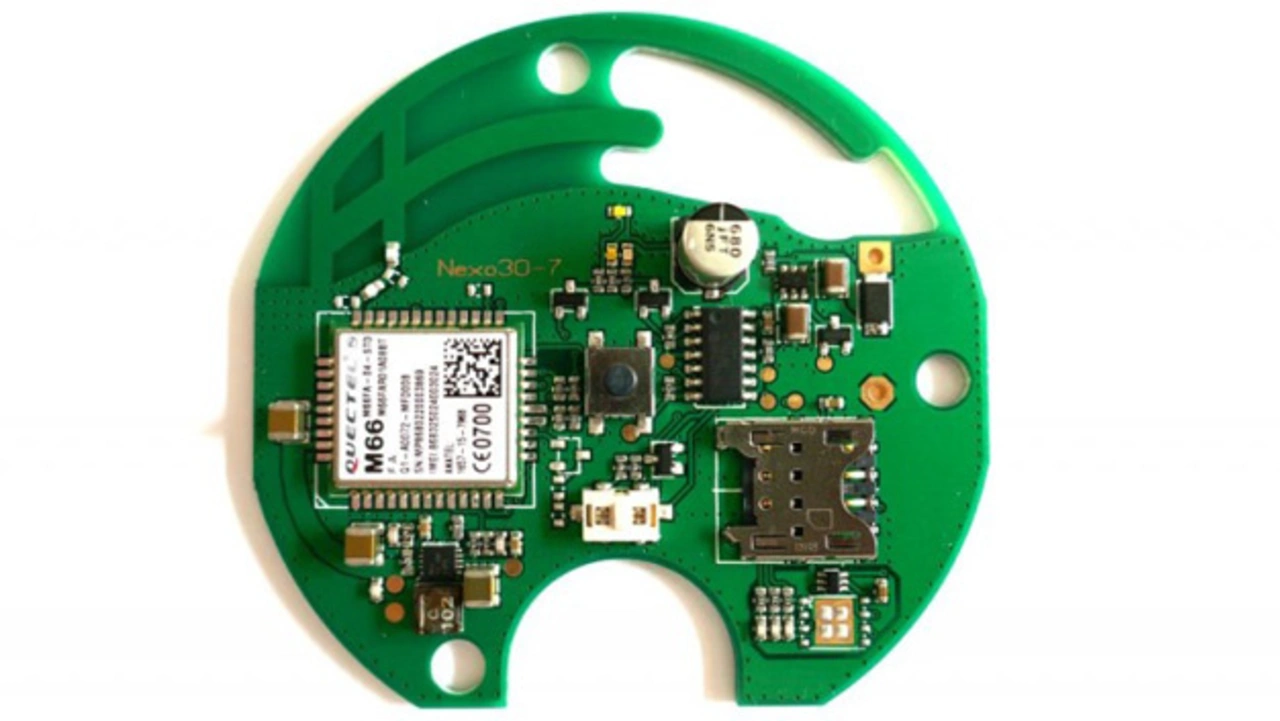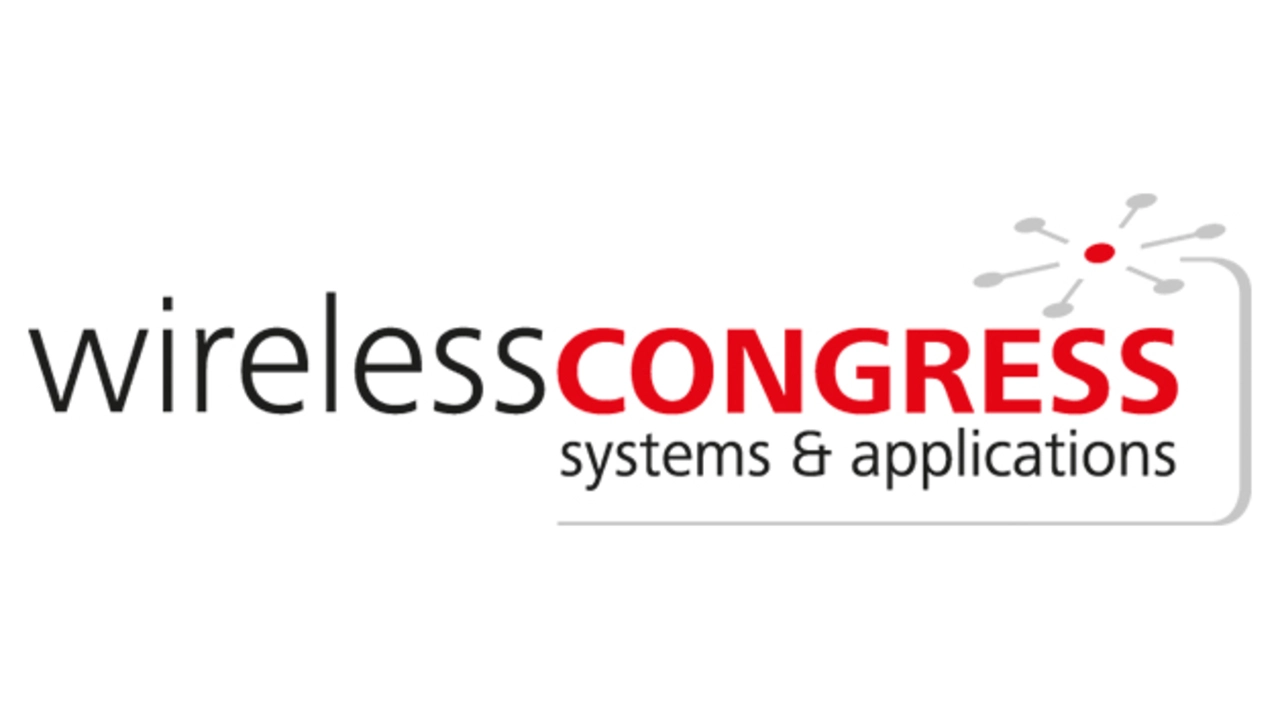Antennas for IoT and M2M
How important are antennas in practice?
Five questions for Harald Naumann of Tekmodul on his tutorial »Embedded Antenna Design – Make or Buy« at the 15th Wireless Congress 2018 on November 15th in Munich.
Harald Naumann will again introduce the secrets of antennas at the 15th Wireless Congress. In his tutorial, which he conducts together with Roger Denker from MegiQ, he teaches the basics of antenna technology and reveals what is important when using antennas in IoT / M2M applications.
? Mister Naumann, what challenges do antennas impose for developers?
! Harald Naumann: Antennas are the key to success. A difference of 3 dB of radiated energy is equivalent to 2.5 years, 5 years or even 10 years of battery life.
If the enclosure and battery absorb 3 dB then the transmitter has to balance this by outputting 3dB more TX power. 3dB more TX power will double the TX current and cut the stand by time from 5 years to 2.5 years.
If the system gain is 3 dB better, then the time the battery lasts will double from 5 years to 10 years.
If you do not care about stand by time then 3 dB more or less will nevertheless change the range of the antenna dramatically, affecting the performance of your product.
? What antenna designs are available to developers and how do they differ?

! Naumann: We have access to chip antennas working as an electric monopole antenna or as a magnetic monopole.
Magnetic antennas are not sensitive to something like a human body close to the near field. The centre frequency will stay stable.
An electric antenna on the other hand will shift its centre frequency more or less.
A PCB antenna could be developed inside the main PCB, with a 90 ° angle or as a flexible PCB as well.
Nevertheless, antennas may also be made from cut and bent metal. By the way, the quickest and cheapest approach is to copy the dual band F antenna for GSM and NB-IoT out of the IoT / M2M Cookbook authored by the speaker.
However, we will talk in this session about the common antenna types only.
? What is the difference between off the shelf antennas and self-built antennas?

! Naumann: Self-built antennas inside the PCB will have a bill of material of zero USD.
Self-built antennas can be tuned to 50 Ω without to use a matching circuit and in addition help to avoid losses in the matching circuit.
Self-built antennas can have nearly any shape.
The Gillette order button with its F antenna is a good example for a bill of material of zero USD, round in shape and matched with low loss in the marching circuit.
? How can a designer choose the right antenna

! Naumann: Just ask a team member with skills in antennas and design or ask an external antenna designer. The cost for a few hours of expert advice are a good investment.
After selecting the antenna or several antennas you should design it in on an empty PCB inside of the final enclosure or a 3D printed enclosure with plastic with same εr or a close equivalent εr. This is valid for off the shelf antennas or self-built antennas.
Note that the data sheets of chip antennas are valid on the reference PCB and without enclosure only.
? What will you show in your tutorial at Wireless Congress 2018 and who are you addressing?
! Naumann: We will show good and bad examples, we can learn even from bad or wrong examples.
We also show several successful embedded antenna designs of devices in mass production for LoRaWAN, Sigfox, LTE-Cat-NB1 and GSM.
We address HW developers with skills in PCB design and show them a path to a proper working antenna design in. Moreover, we are available after the speech for a face 2 face meeting to discuss individual applications.
| Wireless Congress: Systems & Applications |
|---|
| Tutorial 8: Antenna |
| 15 November 2018, 16:00 – 18:00 |
| Munich |
| www.wireless-congress.com |

Harald Naumann
is a recognized IoT / M2M evangelist with a primary interest in the implementation of wireless applications. He offers over 25 years of professional experience.
Harald comes all the way from Motorola as Service Manager for GSM mobiles and Sales Manager with Falcom for GSM modules. He was Project Leader and/or Project Member in various teams for wireless based products in telemedicine, GSM locating without GPS or GSM/GPS based tracking devices. Name it »M2M« or even »IoT« today.
He has authored articles in several magazines, runs a blog related to IoT and M2M since 2009 and has written the »IoT M2M Cookbook – How to develop a device on wireless modules«.
harald.naumann@gsm-modem.de







